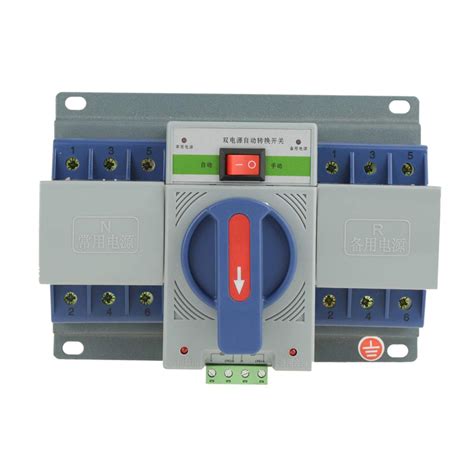
ALL ABOUT FLEX PCB
-
 Read more: Application paper – Intelligent Power Switch for Raspberry Pi
Read more: Application paper – Intelligent Power Switch for Raspberry PiIntroduction to the Intelligent Power Switch for Raspberry Pi The Raspberry Pi is a popular single-board computer that is widely used for various applications, ranging from home automation to industrial control systems. However, one of the limitations of the Raspberry Pi is its lack of a built-in power management system. […]
-
What is HAL lead-free?
Posted by
–
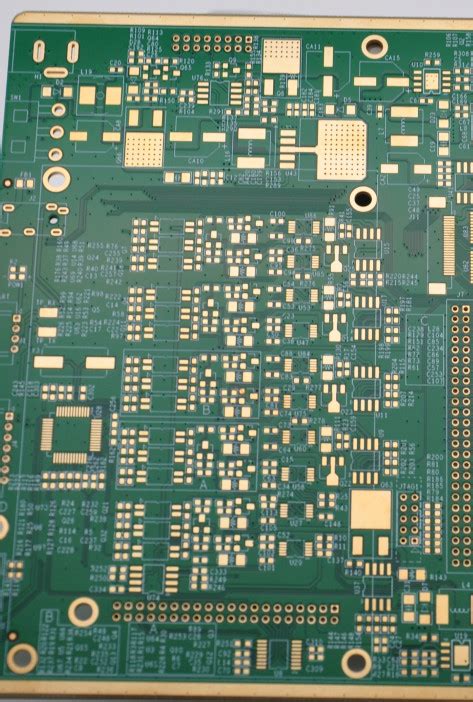 Read more: What is HAL lead-free?
Read more: What is HAL lead-free?The Need for Lead-free Electronics Lead has been widely used in electronic components and solders due to its favorable properties, such as low melting point, good electrical conductivity, and ability to form strong bonds. However, lead is a toxic substance that can cause serious health issues, especially in children. Exposure […]
-
What does the MCU board do?
Posted by
–
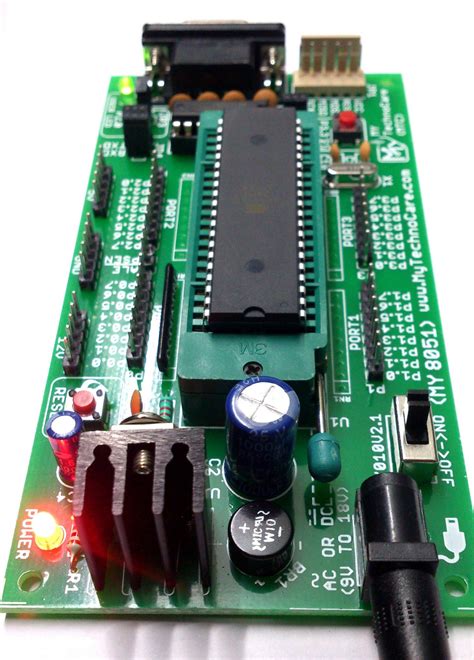 Read more: What does the MCU board do?
Read more: What does the MCU board do?Understanding the Basics of MCU boards Definition and Purpose An MCU board is a small, self-contained computer that integrates a microcontroller chip, memory, input/output (I/O) peripherals, and other supporting components onto a single printed circuit board (PCB). Its primary purpose is to control and manage the operation of electronic devices […]
-
Choosing the Correct Thickness for PCB Prototype
Posted by
–
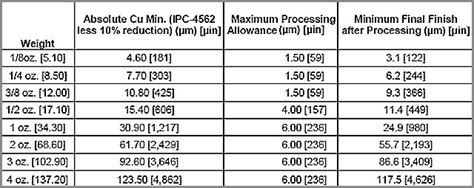 Read more: Choosing the Correct Thickness for PCB Prototype
Read more: Choosing the Correct Thickness for PCB PrototypeUnderstanding PCB Thickness Measurements PCB thickness is typically measured in either inches or millimeters. The most common thicknesses for PCBs range from 0.4mm to 3.2mm. However, it’s essential to note that these measurements refer to the base material thickness and do not include the additional thickness of copper layers, solder […]
-
PCB Definition Section
Posted by
–
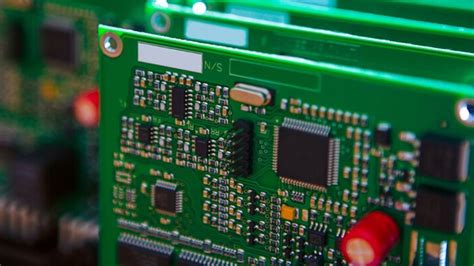 Read more: PCB Definition Section
Read more: PCB Definition SectionWhat is a PCB? A Printed Circuit Board, or PCB, is a thin board made of fiberglass or composite material that is used to mechanically support and electrically connect electronic components using conductive pathways, tracks, or signal traces etched from copper sheets laminated onto a non-conductive substrate. PCBs are the […]
-
PCB Prototypes 3+3 – Manufactured and Assembled
Posted by
–
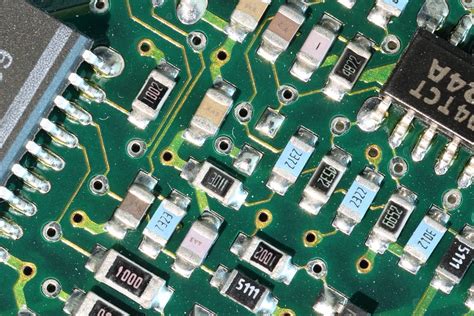 Read more: PCB Prototypes 3+3 – Manufactured and Assembled
Read more: PCB Prototypes 3+3 – Manufactured and AssembledIntroduction to PCB Prototypes Printed Circuit Board (PCB) prototypes are essential in the electronics industry for testing and validating designs before mass production. PCB Prototyping allows engineers and designers to identify potential issues, optimize performance, and ensure the functionality of their circuits. In this article, we will explore the process […]
-
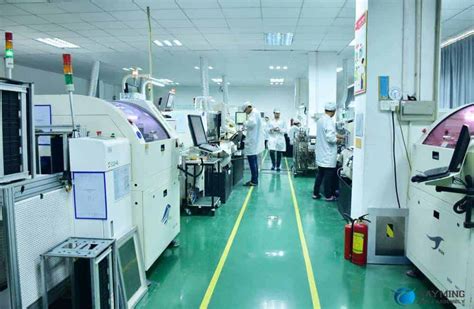 Read more: PCB Prototype Manufacturing and Assembly at Custom PCB Manufacturer
Read more: PCB Prototype Manufacturing and Assembly at Custom PCB ManufacturerIntroduction to PCB Manufacturing Printed Circuit Board (PCB) manufacturing is a crucial process in the electronics industry. It involves the creation of custom-designed boards that form the backbone of electronic devices. PCB Prototypes are essential for testing and validating the functionality and performance of new designs before mass production. This […]
-
Printed Circuit Board Prototype
Posted by
–
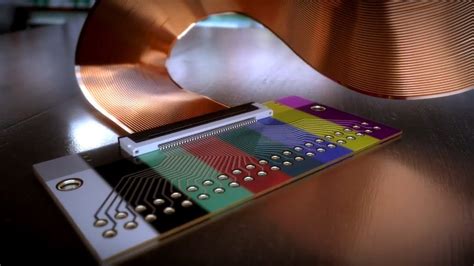 Read more: Printed Circuit Board Prototype
Read more: Printed Circuit Board PrototypeWhat is a PCB Prototype? A printed circuit board (PCB) prototype is an early version or sample of a PCB design used for testing and evaluation before mass production. PCB Prototypes allow electronics designers and engineers to validate the functionality, performance, and manufacturability of a new PCB design. PCB prototypes […]
-
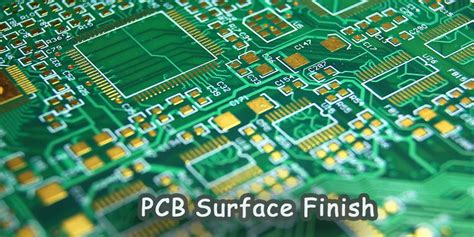 Read more: PCB Prototype Surface Finishes and their types Fruitful Article by RAYPCB
Read more: PCB Prototype Surface Finishes and their types Fruitful Article by RAYPCBWhat are PCB Surface Finishes? PCB surface finishes are the final coatings applied to the exposed copper traces and pads on a printed circuit board (PCB). These finishes serve several important functions, including: Protection against oxidation and corrosion Enhancing solderability Improving electrical conductivity Providing a suitable surface for component assembly […]
-
How Your PCBs Are Made Inside the Factory
Posted by
–
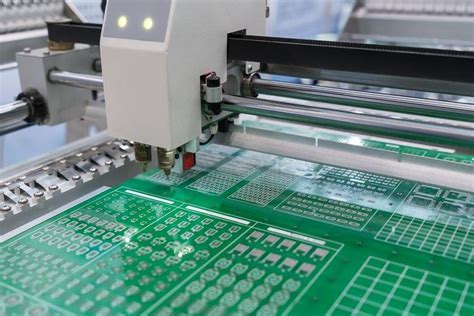 Read more: How Your PCBs Are Made Inside the Factory
Read more: How Your PCBs Are Made Inside the FactoryThe PCB Manufacturing Process Overview The PCB manufacturing process can be broken down into several key steps: PCB Design PCB Fabrication Inner Layer Processing Outer Layer Processing Solder Mask Application Silkscreen Application PCB Assembly Component Placement Soldering Inspection and Testing Final Inspection and Packaging Let’s dive into each of these […]




